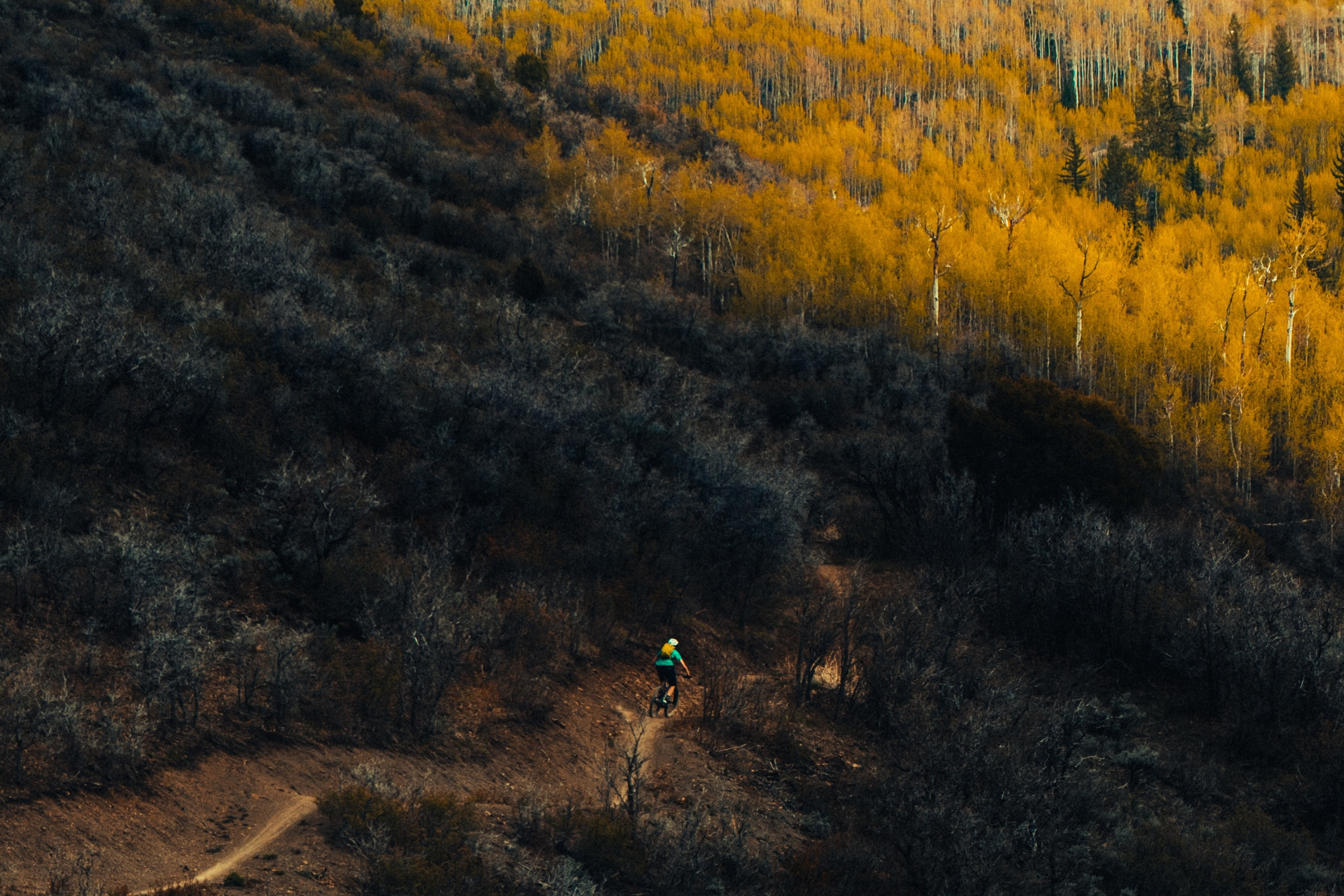Wildfires are one of nature’s greatest double-edged swords. Every year, people lose their homes and even their lives to wildfires. Wildfires fill the air with smoke and make outdoor recreation all but impossible in some areas. They destroy native plants, natural resources, and trails. Views change permanently. Wildfire damage and burn scars can close recreation areas, sometimes for years.
And, at the same time, they are an essential part of the natural ecosystem. Wildfires clear the forests of dead vegetation, enrich the soil with wood ash, kill pests like bark beetles, and generally hit the natural “refresh” button for wildernesses.
But wildfires are getting worse in the West and across the U.S., according to a new report from the Outdoor Alliance (OA). It’s a fact that’s having a disproportionate effect on outdoor recreation. OA reports that in the past 5 years, 1,029 recreation sites in National Forests have been damaged by wildfires — costing the forest service (read: taxpayers) over $126 million to repair.
Why are wildfires getting so much worse? And what can the average outdoor enthusiast do to help? Those are exactly the questions that the Wildfire and Outdoor Recreation in the West report aims to answer.
The Wildfire and Outdoor Recreation Report

OA’s Wildfire and Outdoor Recreation in the West Report is a 30-page paper disentangling the policy discussion around wildfires. It describes in no uncertain terms how this issue is getting worse — and quickly.
“Over the past several decades, wildfires throughout the Western U.S. (and much of the globe) have become larger, more severe, costlier, and more destructive,” the report reads. “And these trends are projected to continue as the climate warms.”
Outdoor Alliance doesn’t blame all of that solely on climate change, though. It acknowledges that the issue is far more complicated than that. The report outlines five different variables at play that are fueling these fires.
What’s Making Our Wildfires Worse?
Climate change is the first and most obvious culprit here — so it gets the top spot. Across the West, it’s making droughts more severe, temperatures hotter, winds more extreme, and precipitation patterns skewed — all of which are contributing to a state of increased vulnerability to wildfire. But climate change isn’t acting alone.
Increased development in fire-prone areas also plays a big role, according to the report. Building in wildland-urban interface areas dramatically increases the potential for destruction as homes and neighborhoods pop up in fire-prone areas.
Then, there’s commercial logging. It not only clears forests of their oldest (most fire-resistant) trees but also employs reforestation techniques that homogenize the forests, replacing old trees with dense plantations of younger, less-resistant trees for future harvest.
Historical fire suppression also contributes to the problem. Since the early 1900s, firefighters made it a mission to put out every wildfire they could — no matter if it presented a danger to humans or not. Total fire suppression like that creates a buildup of forest fuels, which, when finally ignited, burns much more densely and hotter. That makes these fires far harder to extinguish.
Finally, the report notes that the removal of indigenous fire stewardship has played a role as well. Native tribes often burned forests for a number of ecological purposes. But when Europeans arrived, those practices quickly started tapering off. And as a result, the landscape of the forests changed.
Wildfire Impacts on Outdoor Recreation

If you do much of anything outside in any western U.S. state, you’ve felt the impact of wildfires. The air quality suffers, and your lungs might start to feel scratchy or irritated. Haze obscures views. Landscapes are physically altered. And sometimes your favorite trail or recreation area closes because of fire danger or restoration.
According to OA’s report, since 2018 more than 23,750 miles of trails have been affected by wildfires, 1,360 climbing areas, and 1,708 whitewater paddling runs.
National Parks and Forests are also closed regularly due to wildfires. That’s not only a bummer for the visitors who want to recreate in these places, but also for the local economies that rely on tourism dollars from those National Parks and Forests to survive.
What Can Be Done?

Counterintuitively, the report suggests that one of the easiest solutions to this problem is more fire — not less.
“Because of the impact of fire suppression in particular, many modern forests are denser and more structurally homogenous, with higher levels of surface fuels (fuels on the ground such as pine needles, twigs, and shrubs) and ladder fuels,” said the report. “This creates an environment that is ripe for large, destructive fires that cause damage to ecosystems and communities.”
By allowing fires to burn more widely, and avoiding the policy of total suppression, those ground fuels are cleared out more frequently. That reduces the intensity and severity of future forest fires. It also helps forests sequester carbon in the long term and helps them to better store water, the report stated.
Better forest management through prescribed fires, managed wildfires, and forest thinning are all landscape-scale solutions the report recommends. It also suggests front-country and wildland-urban interface (WUI) strategies like building fuel breaks around WUI areas. It even suggests community-scale strategies like home-hardening, adding defensible space, community zoning, and emergency response.
What Can You Do?

Obviously, most solutions to the wildfire problem are on a macro scale, requiring community and government intervention. But the OA report also outlines some steps individuals who care about the outdoors — and who enjoy outdoor recreation — can take to do their part as well.
“Fire is a natural part of landscapes and a big part of preventing severe fires is accepting the trade-offs of prescribed fires,” Jamie Ervin, policy associate at the Outdoor Alliance, said. “In the report, we say there is no “no-fire, no-smoke” option. This means that we have to accept there will be some smoky days to help prevent larger, out-of-control fires.
People can also volunteer their time, helping in post-fire volunteer restoration efforts. And, of course, everyone can help by simply not starting fires in fire-prone areas. Follow fire ban rules, put out your campfires at night, don’t use fireworks during high fire-danger periods, and so on. We’ll say it again: Don’t start campfires or use fireworks if you are in an area with moderate to severe fire danger warnings!
“Individuals can [also] reach out to their members of Congress and advocate for land management agencies to have the resources they need to address wildfire, including support for mitigation strategies like prescribed fire, and policies to support fire recovery and reopening,” said Ervin. “We also need to continue to advocate for action to address climate change.”
You can read the full OA Wildfire and Outdoor Recreation report online.








